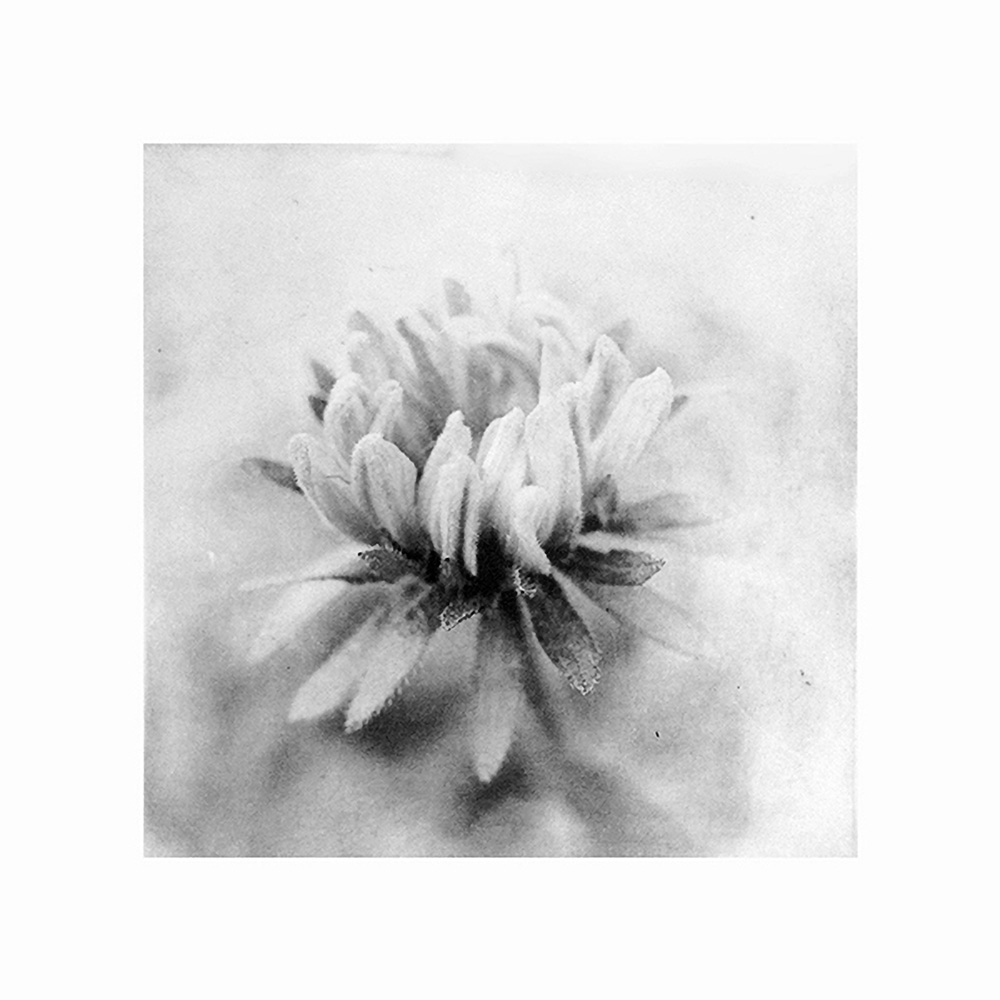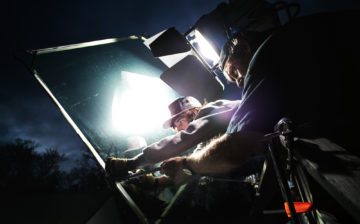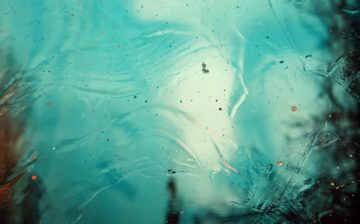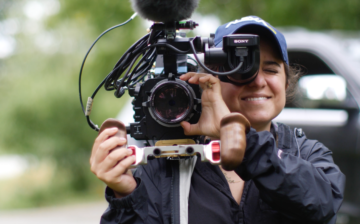Workshops
Blending post-modern and traditional craftsmanship for innovation
There are no available registration dates at this time.
Polymer photogravure is a modern take on the copperplate photogravure process, which allows us to blend the best of modern technology with traditional craft to produce stunning hand-pulled prints.
Film negatives, glass plates, digital files, cellphone images — all of these can be made into polymer gravure prints, and each print can be brought to life and given its own character with the artist’s attention to the traditional intaglio printmaker’s skills.
In this workshop you will learn the direct to plate method of making polymer plates, which requires no transparency or vacuum unit or dangerous chemicals. You will learn how to prepare your image files, and how to create your etched polymer plate. When the plate is ready for ink, you’ll be introduced to the many ways an image can be manipulated in the inking and hand-wiping process.
This is a very hands-on process, which uses many beautiful papers and inks and hand-wiping techniques. You will learn the basics of using an intaglio press and a variety of traditional printing methods to create unique hand-made images.
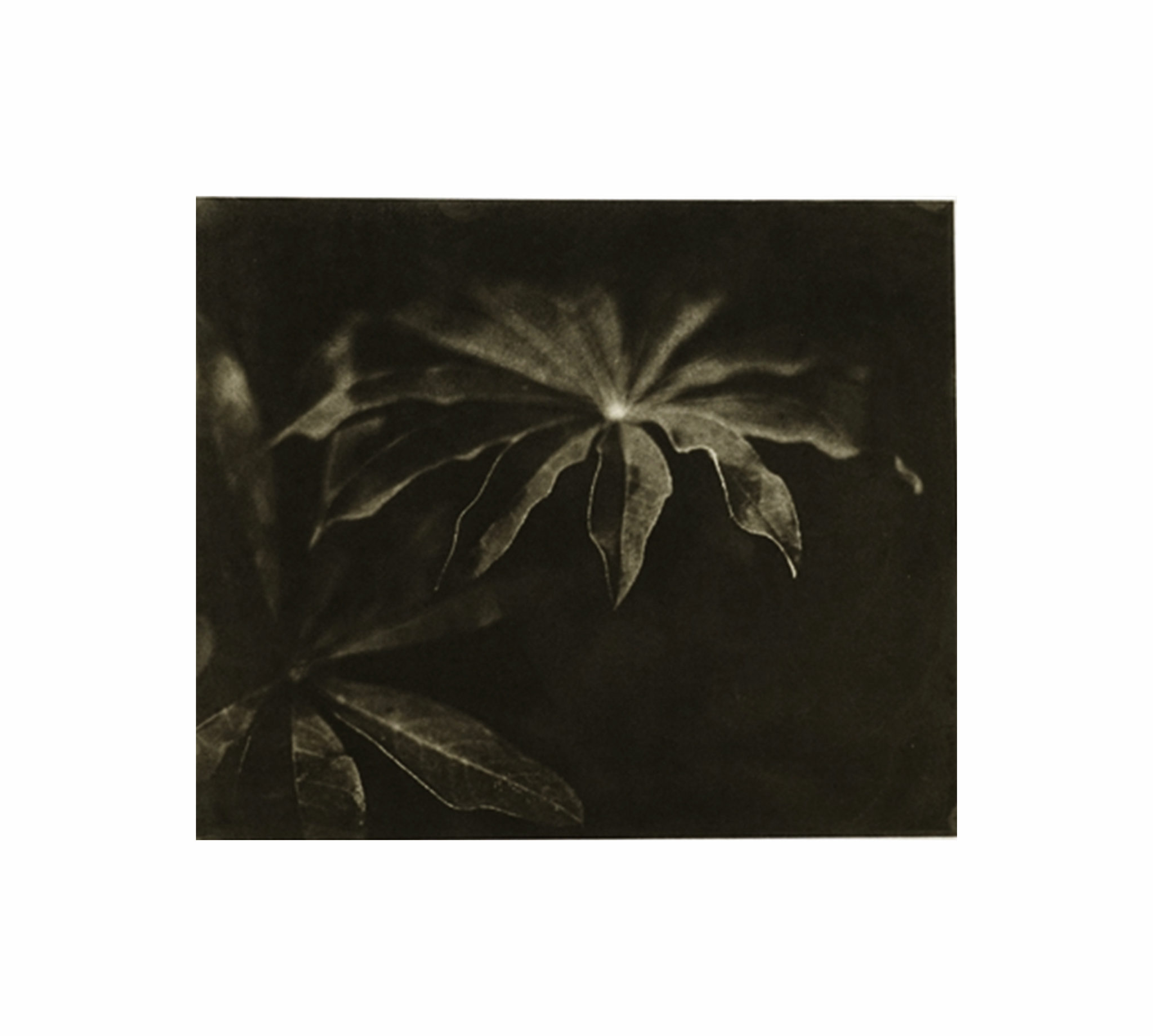
All Images © Jeanne Wells
Share This
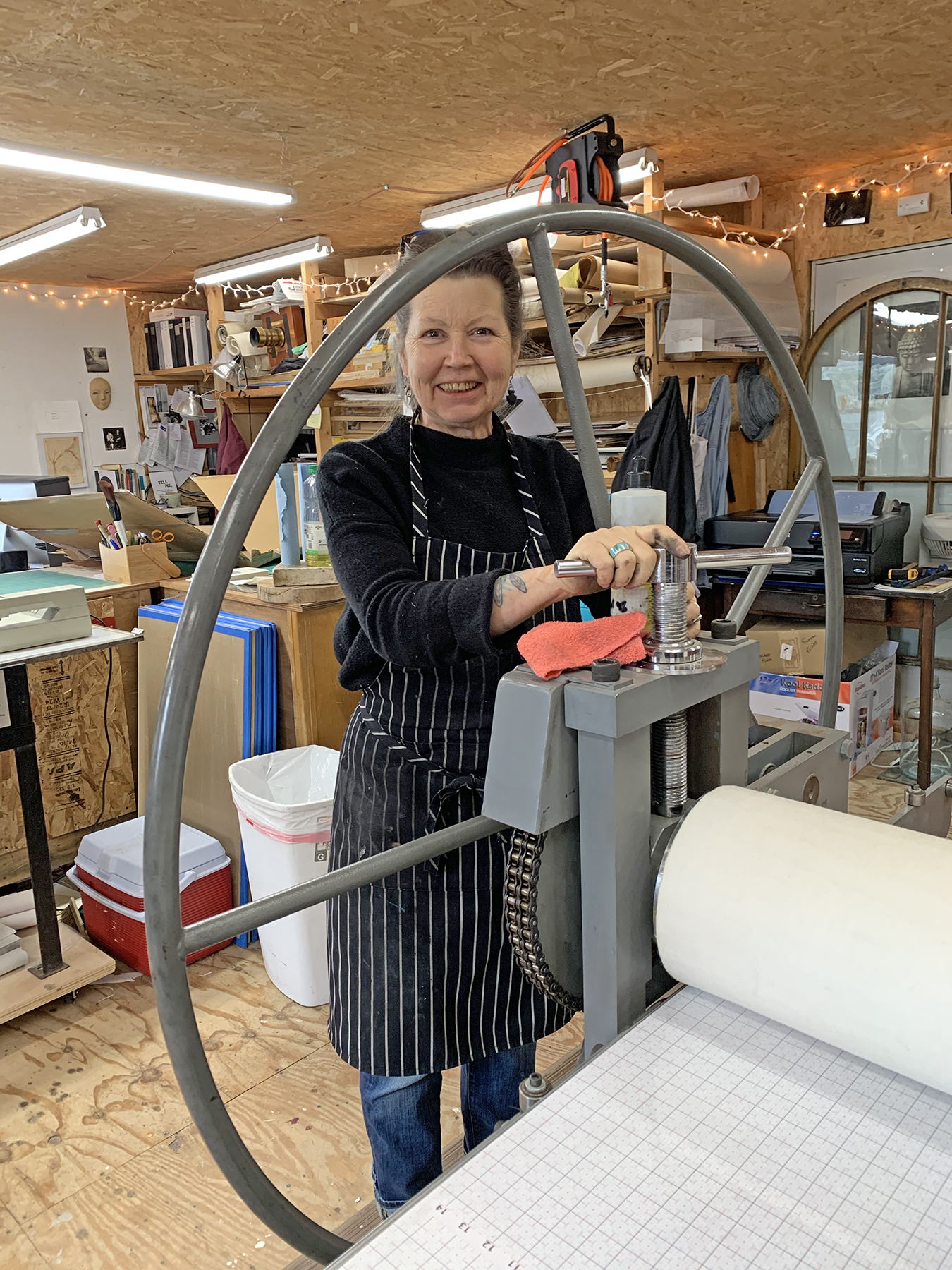
Instructor: Jeanne Wells
Jeanne Wells is familiar with and uses many alternative photographic processes, but for the past 12 years has worked mainly with an intaglio press. She first learned the polymer photogravure process from artist Josephine Sacabo and her assistant, Meg Turner at Josephine's studio in New Orleans. She has also studied with Clay Harmon at North Light Photographic Workshops, master printer Paul Taylor at Renaissance Press, and direct-to-plate pioneer Silvi Glattauer of Baldessin Press in Melbourne, Australia.
Through daily practice and combining the best of her mentors’ methods, Jeanne has found a unique way of working and teaching which relies upon the craftsman’s way of working with the hands and the artist’s way of seeing and thinking, and less upon the technological exactitude of digital workflow. The result is a way of working that is intuitive, tactile, and nuanced in a way that is nearly impossible to accomplish unless working by hand.


